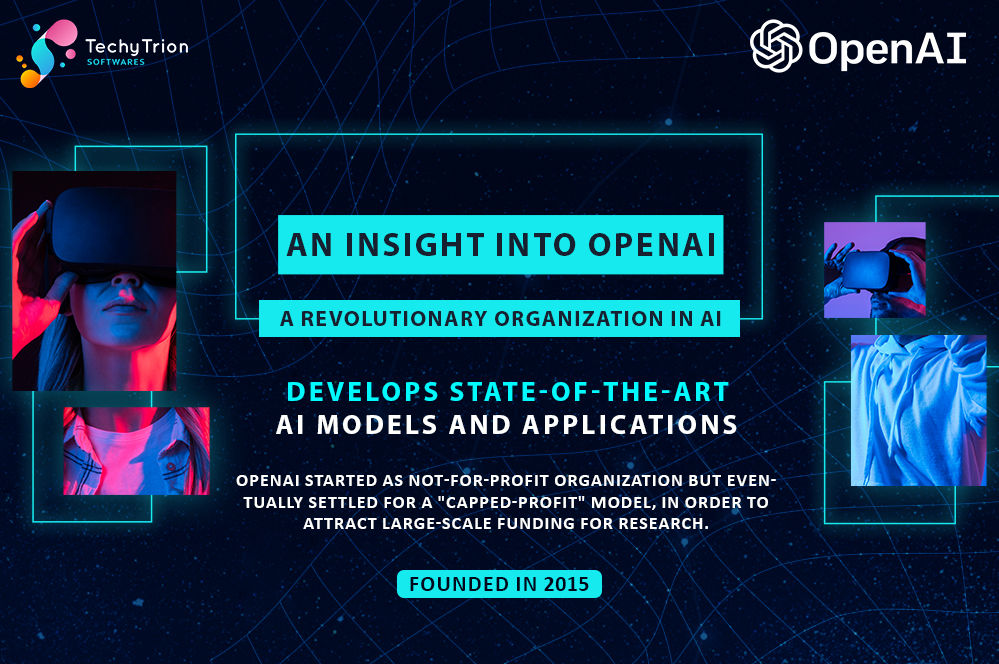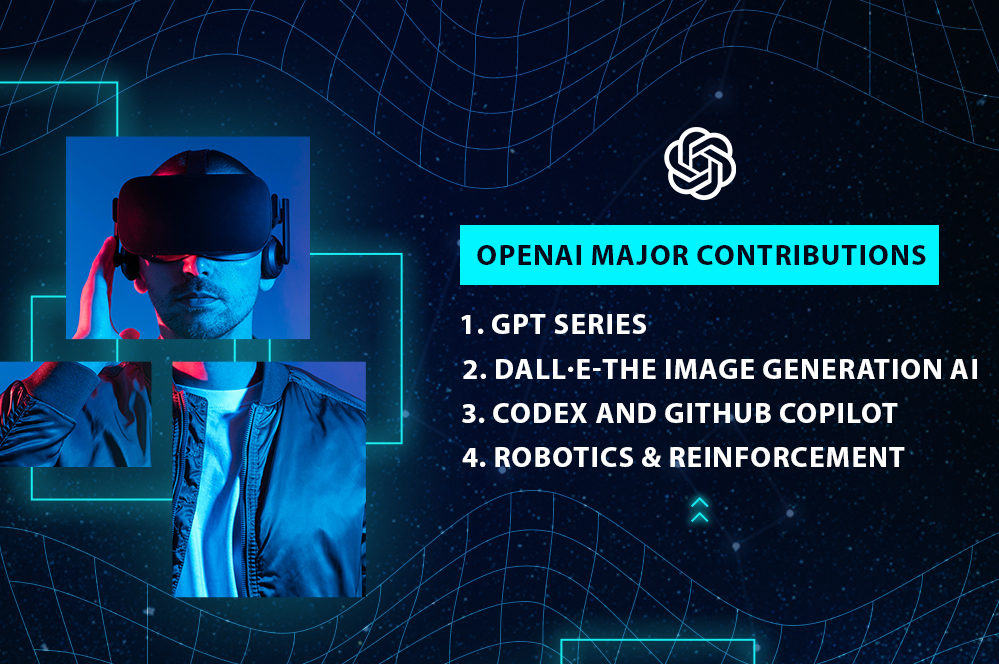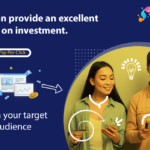
An Insight Into OpenAI – A Revolutionary Organization in AI
Introduction
Changing the way humans live and work, AI, according to many, has claimed the very center stage of the OpenAi set-up that is making this change possible. OpenAI was founded in 2015 with the mission of advancing AI research and ensuring that any innovations in the domain benefit humanity. However, what precisely does OpenAi perform, and why is it so important?
What is OpenAI?
OpenAI is an artificial intelligence research and deployment company that develops state-of-the-art AI models and applications. It seeks to align AI’s behavior with our values and, to this end, has created AI that is safe and useful to people. OpenAI started as a not-for-profit organization but eventually settled for a “capped-profit” model in order to attract large-scale funding for research.
OpenAI Major Contributions

GPT Series
The GPT series is OpenAI’s trademark, the very model from which ChatGPT draws its powers. These language models are capable of human-level text generation, assisting users in writing endeavors, or carrying on entertaining conversations. With each new version, like GPT-4, the paradigm for AI-human communication has been pushed even further.
DALL·E-The Image Generation AI
It is an AI model for generating images from a text description. It therefore democratizes AI art and becomes a facilitator of creativity in different domains.
Codex and GitHub Copilot
GitHub Copilot is an OpenAI-powered AI assistant for programmers. It assists developers in writing and completing particular code snippets for particular tasks thereby improving the efficiency of software development.
Robotics and Reinforcement Learning
OpenAI has also worked on AI-oriented robotics and reinforcement learning, the study of how AI interacts and learns from the environment to solve complex problems.
How OpenAI Differs from Our Lives

Content Generation: Writers, marketers, and content creators use OpenAI’s models in writing, editing, and brainstorming.
Education: AI tutors and research tools aid students and instructors.
Customer Service: Chatbots powered by OpenAI enhance response rates and improve customer satisfaction.
Healthcare: Applications for AI in research, diagnosis assistance, and interaction with patients. Despite the advantages of AI, it still faces the challenges of misinformation, biases, and ethical concerns over automation. OpenAI focuses on the research of AI in the future to make it safer and more dependable through the establishment of guardrails for its responsible use.
Future Of OpenAI

OpenAI continues to explore into the future by experimenting with multimodal AI (combining with text, images, and sound) and examining AI safety and alignment aspects over the
coming years. An even more advanced breed of AI models is expected to follow to integrate AI into life more seamlessly.
Conclusion
The achievement of OpenAI thus stands at the apex of the field of AI, marking the beginning of a revolution in the way humanity interacts with technology. OpenAI is rewriting the rules for enabling AI to be more available and impactful across industries with its advanced chatbot and creative AI tools and development led by AI.





 Book call
Book call



